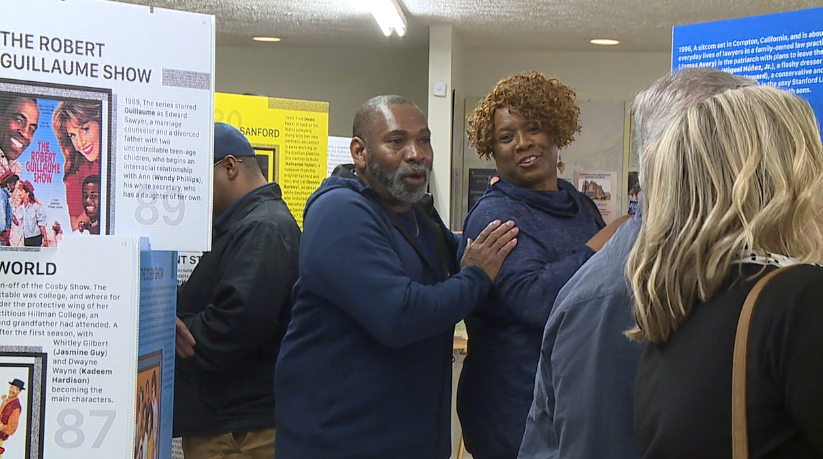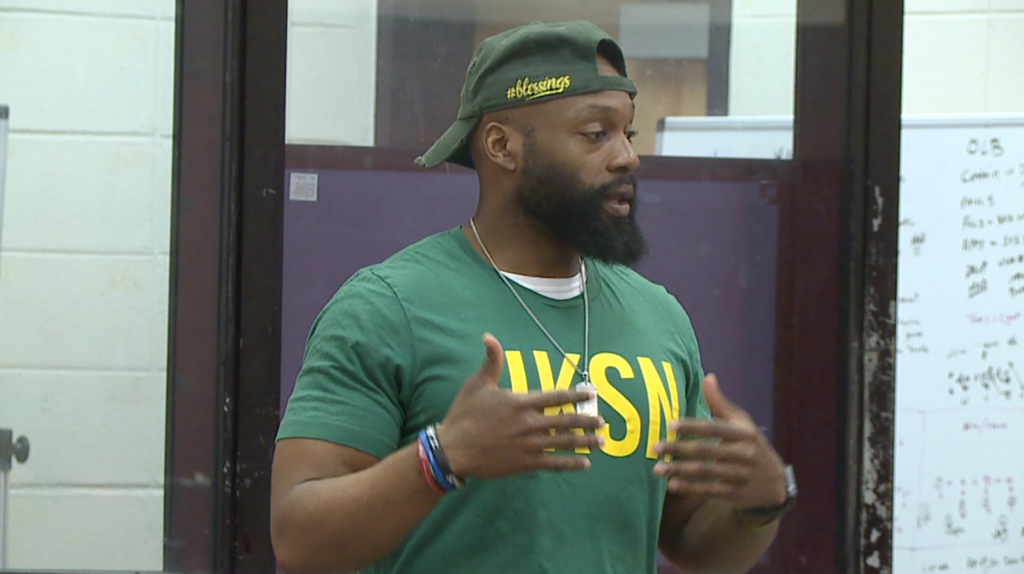Black History Month • James Baldwin
Early Years
Baldwin was born as James Arthur Jones to Emma Berdis Jones on August 2, 1924, at Harlem Hospital in New York City. Baldwin was born out of wedlock, his mother never revealed to Baldwin who his biological father was. In 1927, Jones married David Baldwin, a laborer and Baptist preacher. David Baldwin was born in Bunkie, Louisiana and preached in New Orleans, but left the South for Harlem in 1919. How David and Emma met is uncertain. Emma Baldwin would bear eight children with her husband and raise them with her eldest James, who took his stepfather’s last name.
Baldwin moved several times in his early life but always to different addresses in Harlem. As the oldest child, James worked part-time from an early age to help support his family. He was molded not only by the difficult relationships in his own household but by the results of poverty and discrimination he saw all around him. During his high school years, uncomfortable with the fact that he was becoming more sexually interested in males than in females, Baldwin sought refuge in religion. He first joined the now-demolished Mount Calvary of the Pentecostal Faith Church on Lenox Avenue in 1937. At 14, “Brother Baldwin”, as he was called, he “learned that he had authority as a speaker and could do things with a crowd.” Baldwin later wrote in the essay “Down at the Cross” that the church “was a mask for self-hatred and despair … salvation stopped at the church door”
C’est La Vie en Paris
Disappointed by American prejudice against Black people, as well as wanting to see himself and his writing outside of an African-American context, he left the United States at the age of 24 to settle in Paris. Baldwin wanted not to be read as “merely a Negro; or, even, merely a Negro writer.” He also hoped to come to terms with his sexuality and escape the hopelessness that many young African-American men like himself succumbed to in New York.
Baldwin spent nine years living in Paris, mostly in Saint-Germain-des-Prés, with various excursions to Switzerland, Spain, and back to the United States. Baldwin’s time in Paris was itinerant: he stayed with various friends around the city and in various hotels. Here is where he met people like Maya Angelou, composer Howard Swanson, and Richard Wright.
Baldwin also met Lucien Happersberger, a Swiss boy, seventeen years old when they met, who came to France in search of excitement. Happersberger became Baldwin’s lover, especially in Baldwin’s first two years in France, and Baldwin’s near-obsession for some time after. Baldwin and Happersberger would remain friends for the next thirty-nine years. Though his time in Paris was not easy, Baldwin did escape the aspects of American life that terrified him.
Published Author
In 1953, Baldwin’s first novel, Go Tell It on the Mountain, a semi-autobiographical bildungsroman was published. He began writing it when he was only seventeen and first published it in Paris. His first collection of essays, Notes of a Native Son appeared two years later. He continued to experiment with literary forms throughout his career, publishing poetry and plays as well as the fiction and essays for which he was known. Baldwin’s second novel, Giovanni’s Room, caused great controversy when it was first published in 1956 due to its explicit homoerotic content. Baldwin’s third and fourth novels, Another Country (1962) and Tell Me How Long the Train’s Been Gone (1968), are sprawling, experimental works dealing with Black and white characters, as well as with heterosexual, gay, and bisexual characters.
Baldwin’s next book-length essay, No Name in the Street (1972), also discussed his own experience in the context of the later 1960s, specifically the assassinations of three of his personal friends: Medgar Evers, Malcolm X, and Martin Luther King Jr. Baldwin’s writings of the 1970s and 1980s were largely overlooked by critics, although they have received increasing attention in recent years.
Later Years
On December 1, 1987,Baldwin died from stomach cancer in Saint-Paul-de-Vence, France. He was buried at the Ferncliff Cemetery in Hartsdale, near New York City.
At the time of Baldwin’s death, he was working on an unfinished manuscript called Remember This House, a memoir of his personal recollections of civil rights leaders Medgar Evers, Malcolm X and Martin Luther King Jr. Following his death, publishing company McGraw-Hill took the unprecedented step of suing his estate to recover the $200,000 advance they had paid him for the book, although the lawsuit was dropped by 1990. The manuscript forms the basis for Raoul Peck’s 2016 documentary film I Am Not Your Negro.
Special thanks to the author, Shelby Tyre. For more Black History, click here.












